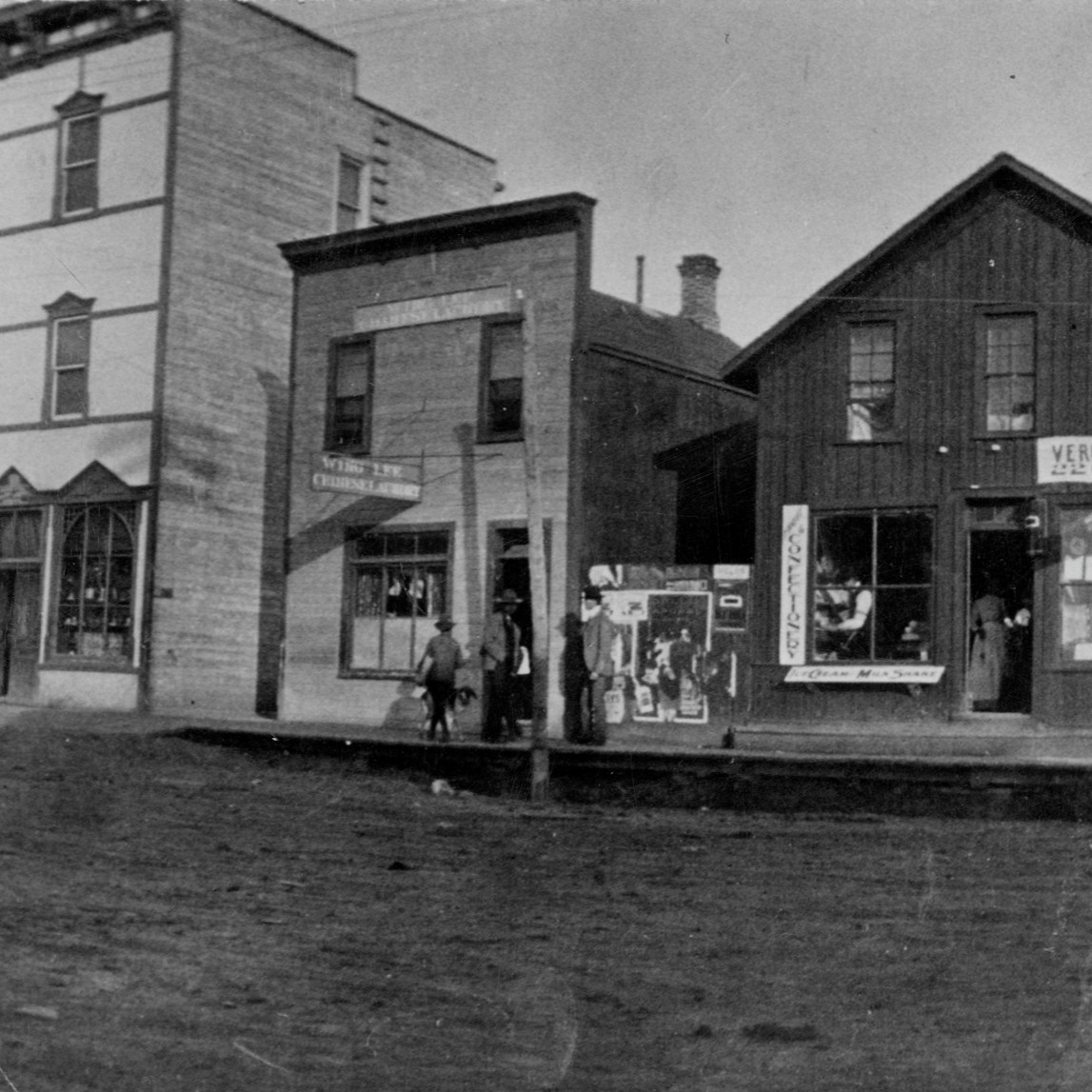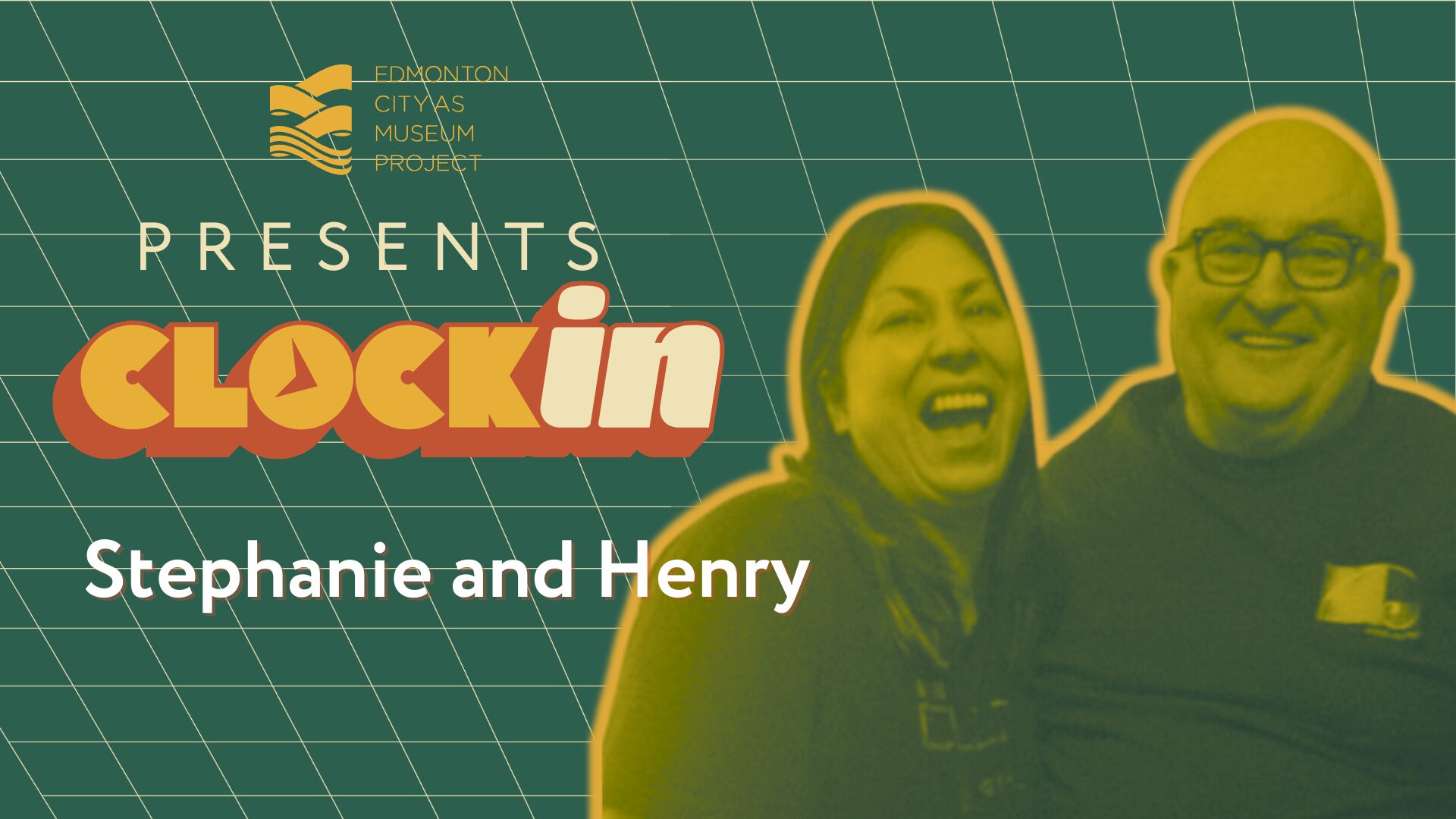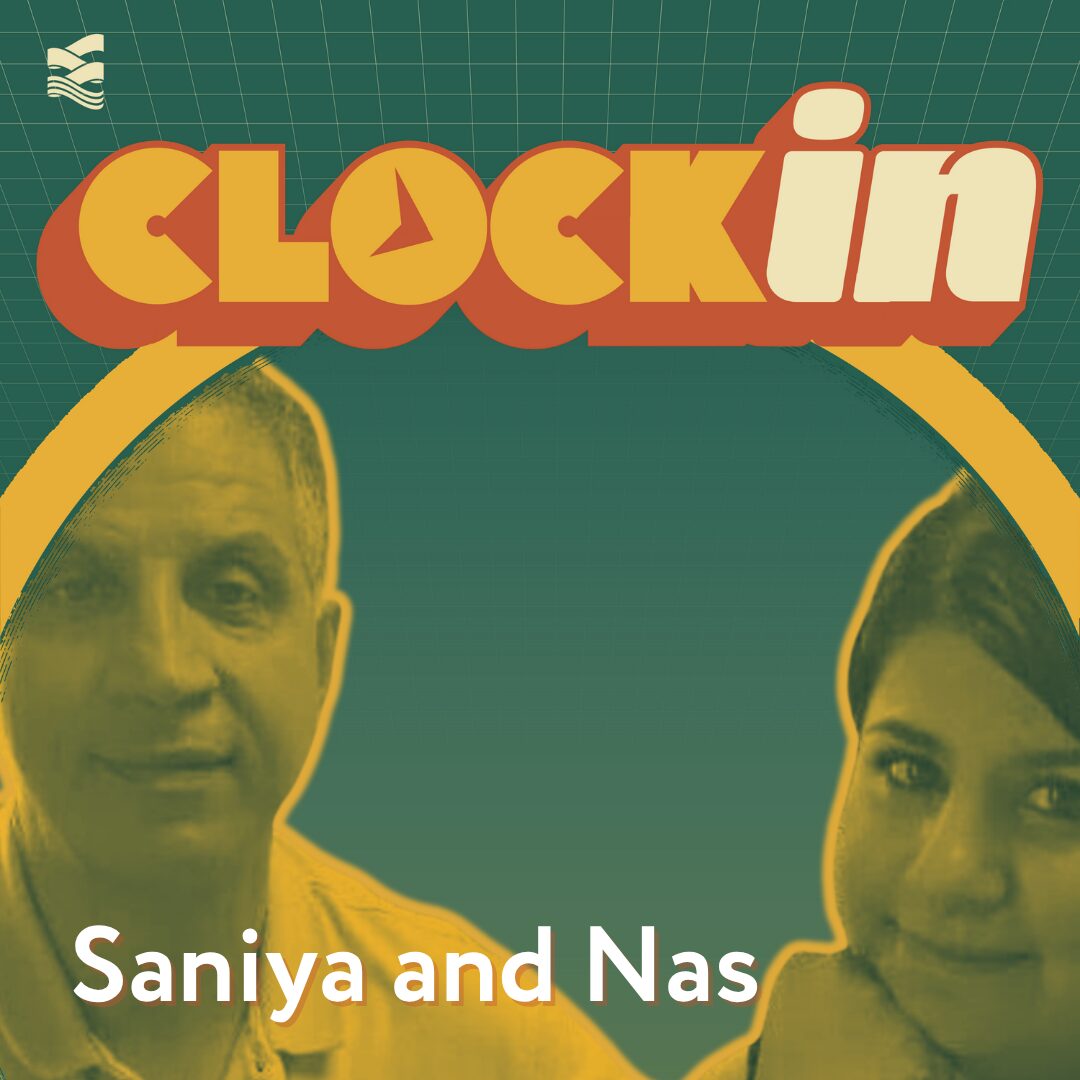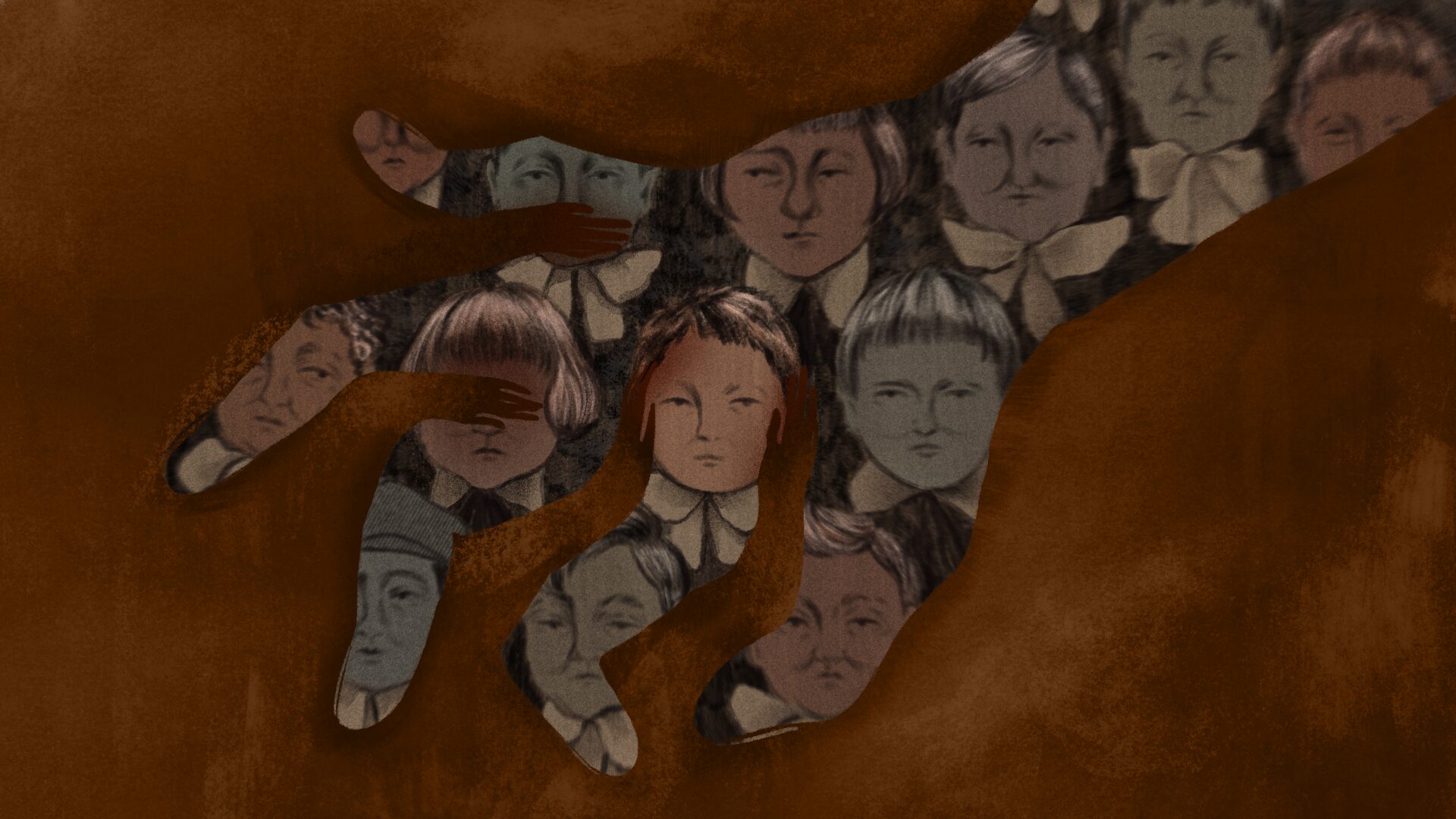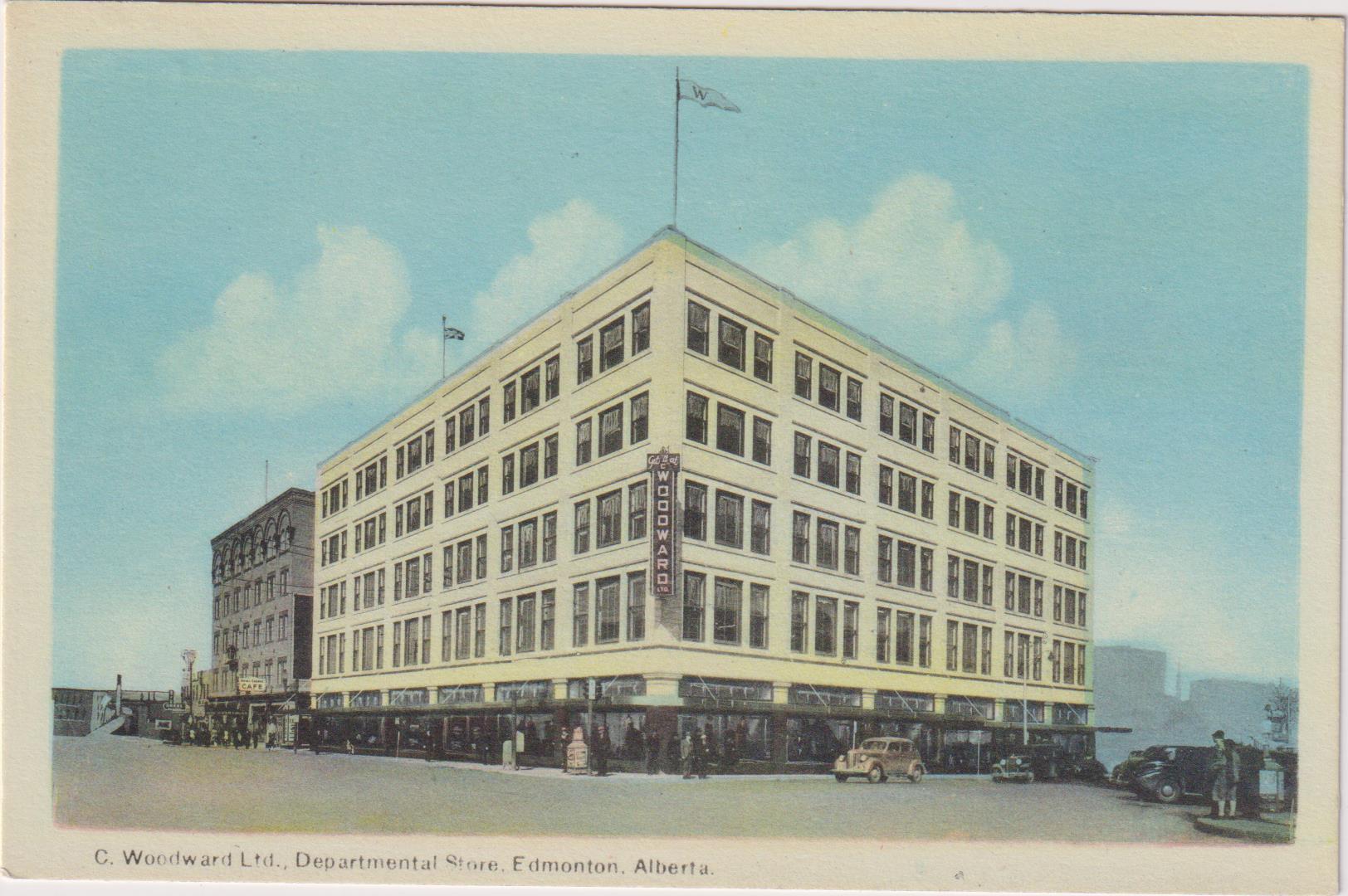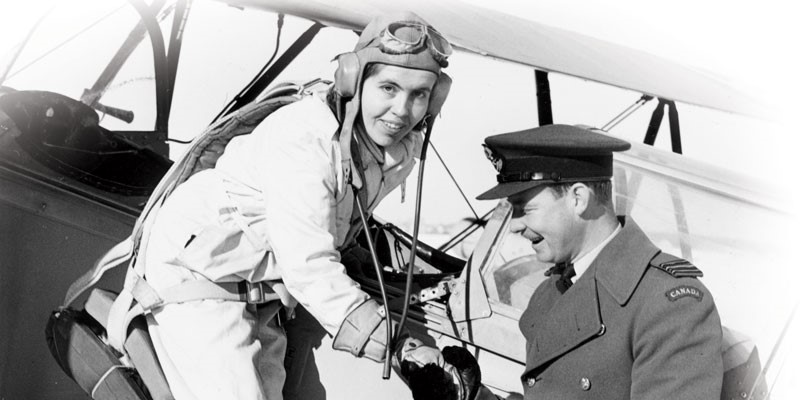My Grandma Going Out into the World: Working at Woodward’s
Harma-Mae Smit
Facing boredom, depression, and loneliness, 1960s stay-at-home mother Harma Smit decided to get a job.
In 1967, when Harma found a job at Edmonton’s Woodward’s department store, it was just becoming more common for married women to seek work outside the home.
In this addition to ECAMP’s labour series, Harma-Mae Smit recounts her grandmother’s experience in the retail workforce. Relying on family reflections, Smit discusses community reactions to her grandmother’s decision to work, her positive experience as an employee at Woodward’s for nearly two decades, and the material and mental benefits that the added income had for her grandmother and the rest of the family.



